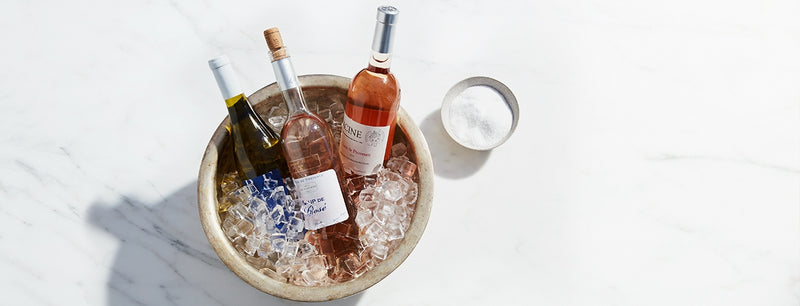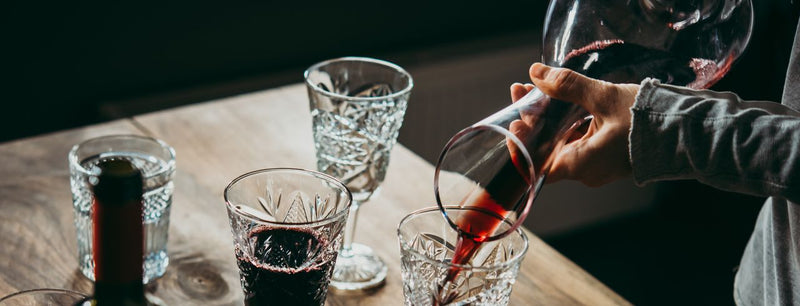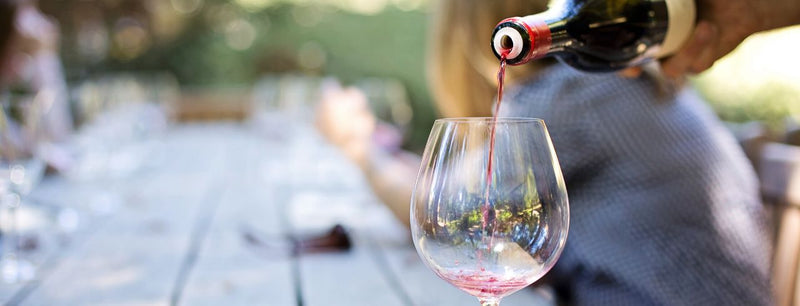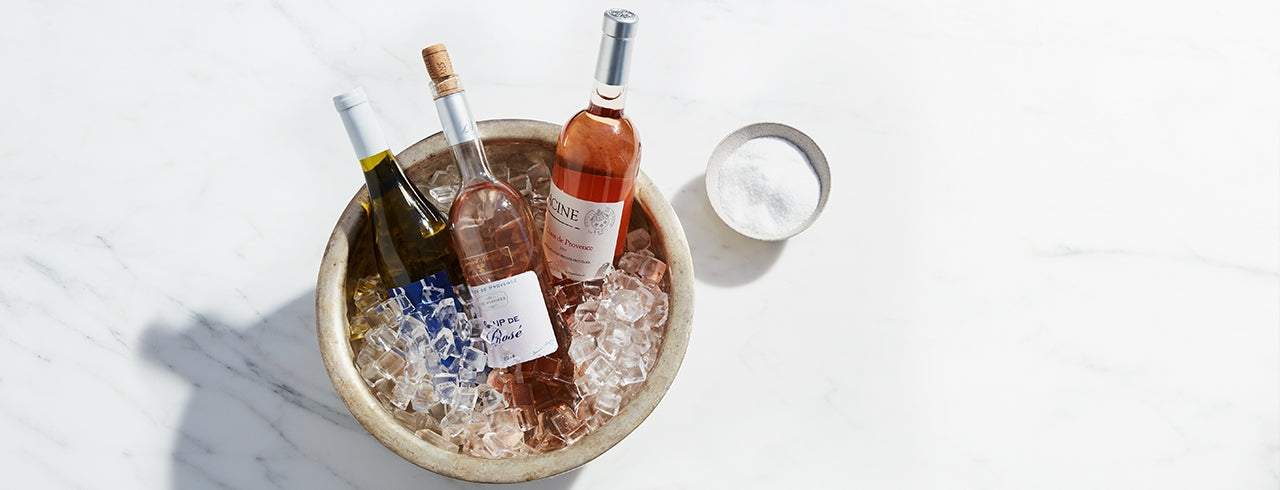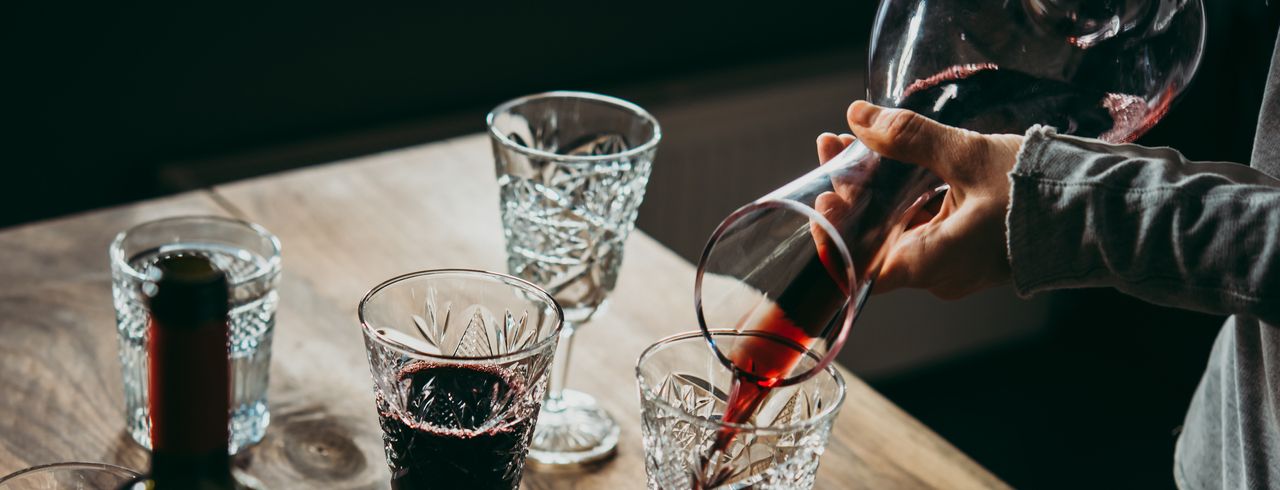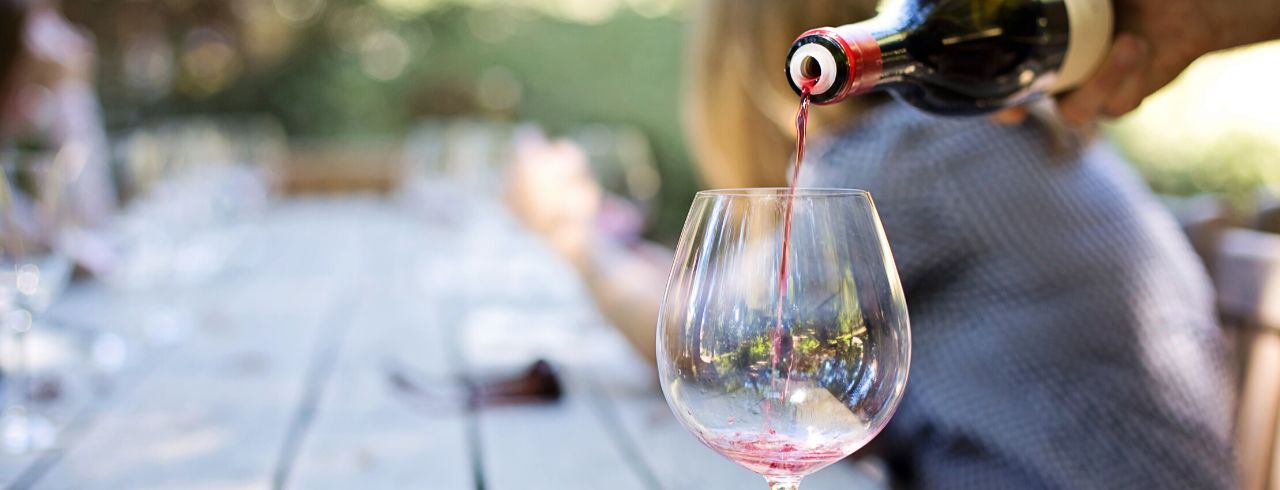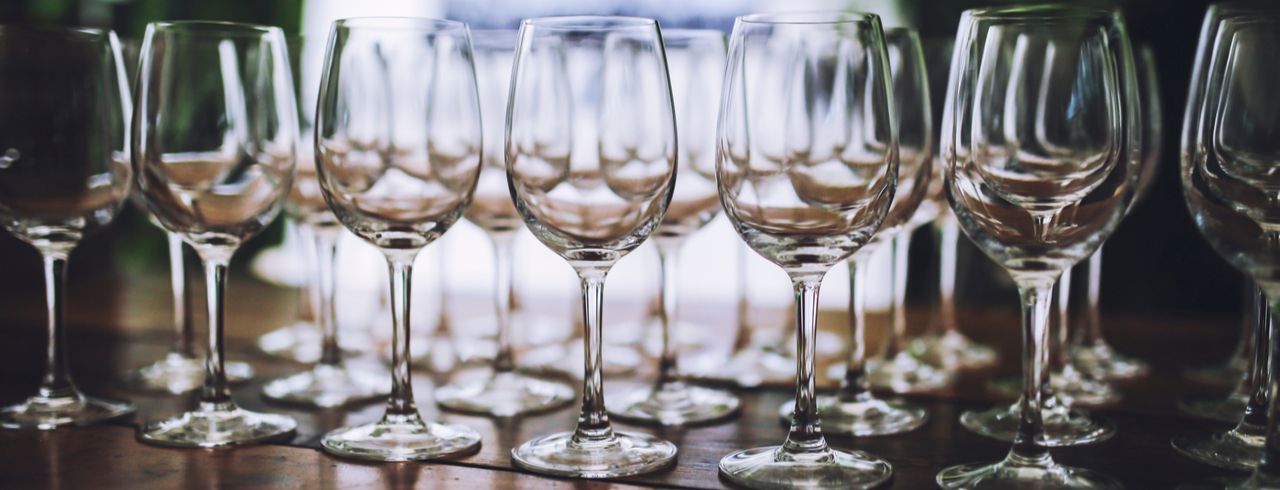
Do You Need Different Glasses for Different Wines?
Much like wine itself, there’s plenty of variation in serving glasses. For a beginner or an occasional drinker, it shouldn’t be intimidating – we’re here to give you the low down on all things pertaining to the shape and material of wine glasses. Glasses are about as confusing as wine itself – there are rules, variation, and exceptions to certain rules. We will try to outline some of the basics and the factors that go into selecting the perfect glass for your bottle to aid you in your enjoyment.
For starters, there are four main parts of a wine glass that we'll refer to. The bowl, the stem, the rim, and the base are all important factors in describing and understanding a glass:
- The base is the part of a glass which keeps it standing upright and holds the weight.
- The stem, generally where a drinker would hold the glass, comes between the bowl and the base of a glass.
- The rim is the point at which wine moves from the glass to the mouth. The thinner the glass at the rim, the more seamless the experience is.
- Lastly, where there is considerably more variation, is the part which holds the wine.
All of the four main features will vary from glass to glass, but since the bowl is the vessel in which wine is exposed to oxygen and directs the aromas for a person to smell prior to drinking, it is the most important variable according to the type of wine.
What does Aroma have to do with Taste?
It is fairly common to hear people in the food and beverage industry speak about how much of the culinary and beverage experience actually occur due to olfactory functions. Precisely the reason why taste is impaired with a common cold, the ability for aromas to travel around the nasal cavity have a great deal of importance in giving our brains information about flavor. This is why the bowl of a wine glass is always the widest part, then narrowing towards the rim, thus driving all aromas to the face and nose. While swirling a glass helps for purposes of aeration, it's actually more important function is helping a drinker get a first glance at the wine through their nose rather than their taste buds.
Red Wine Glass Bowls?
Commonly, red wine glasses have a large bowl compared to whites. This has to do with their greater need for aeration as compared to their white counterparts. A larger bowl allows for a greater amount of surface area and therefore larger exposure to oxygen that will bring out flavor. The essence of the wine decanting process is allowing the chemical reactions to occur between oxygen and alcohol in order to enhance and expose flavor profiles. Commonly due to winemaking processes, reds have a greater need for decanting.
White Wine Glass Bowls?
Often, white wines benefit from smaller bowls than red. Due to their lighter bodied nature, the smaller bowl allows for the notes to be in close proximity to the nose. In cases of a heavier bodied white, such as a Chardonnay, you may opt for a wider bowl.
Dessert Wine Glass Bowls?
Dessert wines are usually put into smaller glasses with smaller bowls. Due to their higher alcohol and sugar content, the dessert wines are usually consumed in slightly smaller quantities, thus the smaller glass. Due to their sweetness and varying aromas distinctively different than traditional wine, the small glasses help concentrate this sweetness and the accompanying flavors.
Stemless Glasses - Practical or Amateur?
Primarily due to convenience in consumption and cleaning, stemless glasses have come on to the scene as a popular alternative to stemmed glasses. Certainly, there are both advantages and disadvantages to stemless wine glasses. The primary function of a stem is to maintain the proper serving temperature for a glass of wine. White wines that are meant to be served chilled would be the worst option to serve in a stemless glass, due to an individual’s hand temperature raising the liquid’s temperature. But, often convenience outweighs the drawbacks. A red wine would be better suited for a stemless glass because they typically should be served slightly under room temperature. Although, it's still preferable to use a glass with a stem to maintain the temperature.
Champagne and other sparkling wines are often served in flutes and other longer, narrower glasses. This glass shape allows for the bubbles to be heavily concentrated and quickly reach the palate upon taking a sip, from the first until the last. In terms of aesthetics, flutes are typically used for special functions and have an appealing look, allowing the bubbles to travel a further distance from top to bottom of a glass. Another traditional, and old school, type of sparkling glass is referred to as a coupe or saucer. This is a glass with far less depth and much more width than a flute. This shape allows for bubbles to be more greatly dispersed and allows the sparkling wine to open for a bit more flavorful experience.
Why does the material matter?
Not only does size vary, but the material of wine glasses also have a bit of variation. Most glasses are either crystal or made from traditional glass. Crystal is often, but not always, regarded as a higher quality glass, but does have a few drawbacks. Most crystal should be hand washed and since glass is made a bit thicker and non-porous, it is entirely safe for the dishwasher. Crystal glasses are thinner and also have a bit more sparkle due to their ability to refract light bringing a great appearance to your wine, but it will come at a price. Glass glasses are much more affordable than crystal glasses. Part of this reason is because crystal glasses can be made much thinner, and thinner glasses are more highly regarded especially at the rim. The bottom line with wine glass selection comes down to your needs – if you want the best, go with crystal. If you still want a great wine glass but would rather throw them in the dish washer, or are a bit clumsy and may risk breaking one every so often, opt for a glass wine glass.
Wine Glasses in a Nutshell
While it is obviously a matter of personal preference, there have been some precedents set over time. Generally, reds have a greater sized bowl to allow for more oxygen contact while whites seem to be a bit thinner. This differs as well according to the body of the wine. With champagne, it's often a flute or a coupe, dependent on whether the bubbles and general flavor or the underlying aroma and flavor is of upmost importance. Most importantly, enjoy your wine however you choose to consume it!
